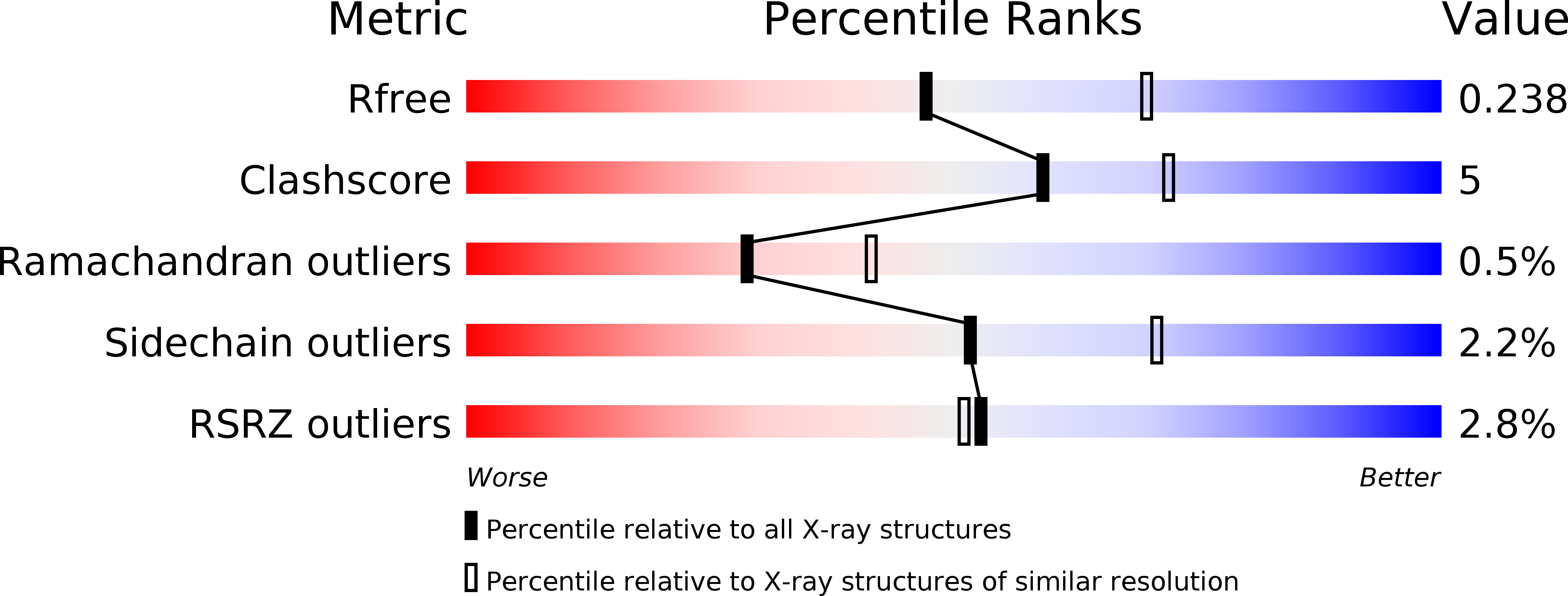
Deposition Date
2013-12-02
Release Date
2014-03-26
Last Version Date
2024-10-09
Entry Detail
PDB ID:
4NTQ
Keywords:
Title:
CdiA-CT/CdiI toxin and immunity complex from Enterobacter cloacae
Biological Source:
Source Organism:
Enterobacter cloacae subsp. cloacae (Taxon ID: 716541)
Host Organism:
Method Details:
Experimental Method:
Resolution:
2.40 Å
R-Value Free:
0.23
R-Value Work:
0.18
R-Value Observed:
0.18
Space Group:
P 41 2 2


